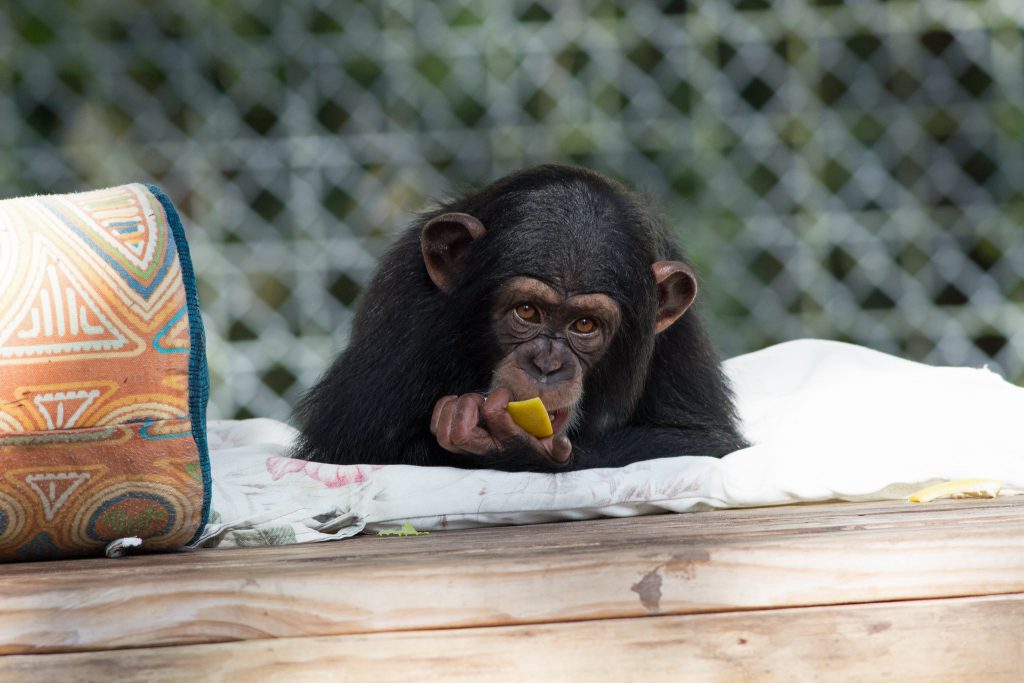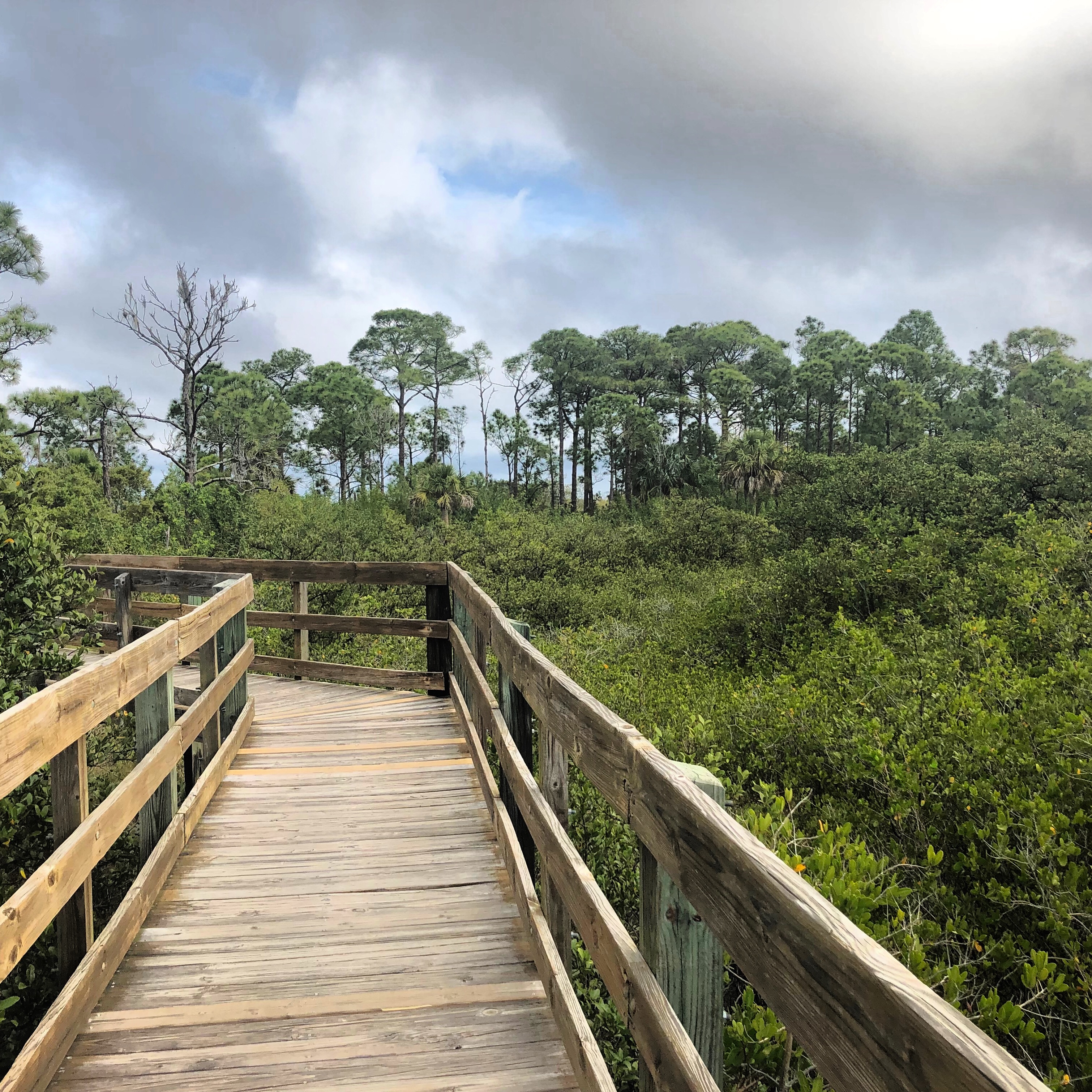Growing up around nature and becoming a nature photographer, you are around life and death in nature frequently. Many times we view this cycle as ‘mother nature’ or just simply nature taking its part. Most of the time we are not moved by death in nature in the same way that we are moved by death in our ‘human’ lives like the loss of a loved one. Uniquely however, we are amazed by birth in nature just as much as we are in our normal lives. For example, everyone loves cute baby birds in a nest or a cute little fawn.
Many times when I am able to observe death in nature the ugly part of death has already passed, or the harrowingly close brush with death has already occurred and I am only a witness to said death, such as observing a rabbit escape a snake or photographing buzzards eating an alligator carcass. Other times, you may be witness to the actual business of death, but many times that death is swift, such as when an eagle kills its prey.
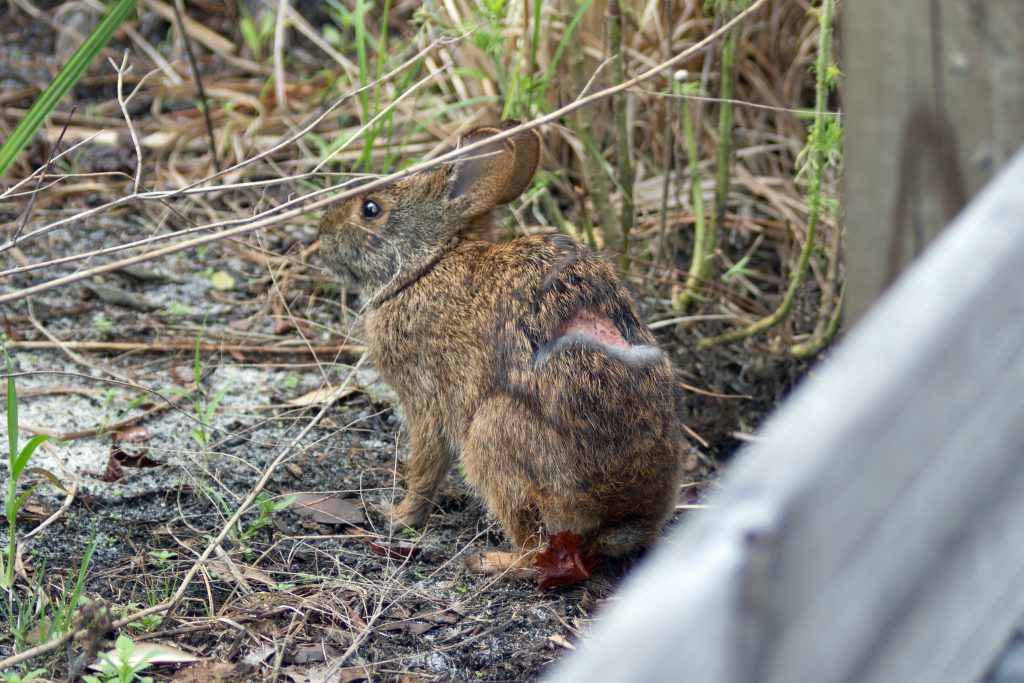
Witnessing the birth of life is still precious, and my aim for this article is not to seem jaded by life in nature. Rather, it is to relay that even the miracle of the birth of life, no matter how insanely amazing, simply becomes part of the ‘system’ of nature. I am still extremely appreciative of the moments that I am able to photograph a brood of ducklings, for example. It is almost as if I feel that in some way I, too, have become part of that system. When you are a part of this system, these moments no longer become complex because they are commonplace, even to the point of predators requiring death to continue their own survival.
Documenting birth in nature is the paramount of great documentary filmmaking or photography. Death, or what happens after death, is equally as important as documenting birth. In the documentation of death, we uncover things that we may not otherwise consider given the human affinity for avoiding death and thinking of death. We find that we are able to learn the importance of vultures and how they act as nature’s cleaners. We see the rich and untold story of a whale carcass, and how that carcass can potentially feed a vast number of individual animals and species. These and other amazing stories are examples of how life and death connect both animals and humans in life and death.
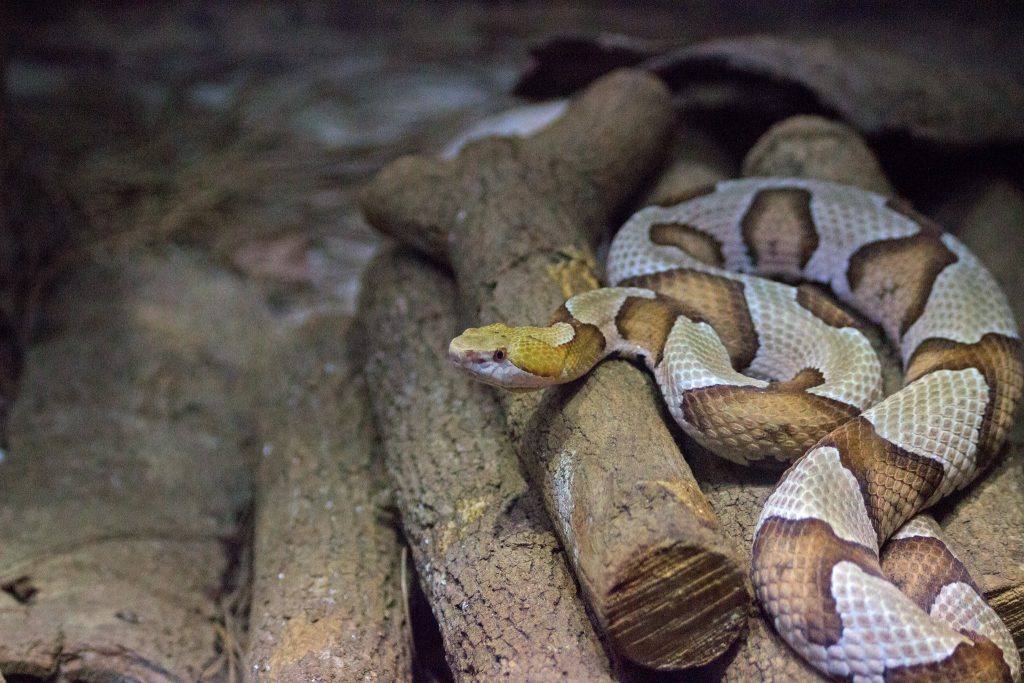
The similarities between the human struggle for existence is not too far removed from the struggle of an animal for basic survival. Our basic principles of life share similar components, and the basic overall reason for existence of procreation is the same. Part of why people find nature documentaries fascinating is finding that the primal instinct that animals possess is not unlike our own in many ways. More interestingly is that when we research more about those animals in nature, we find out more about ourselves and how frighteningly close those similarities really are.
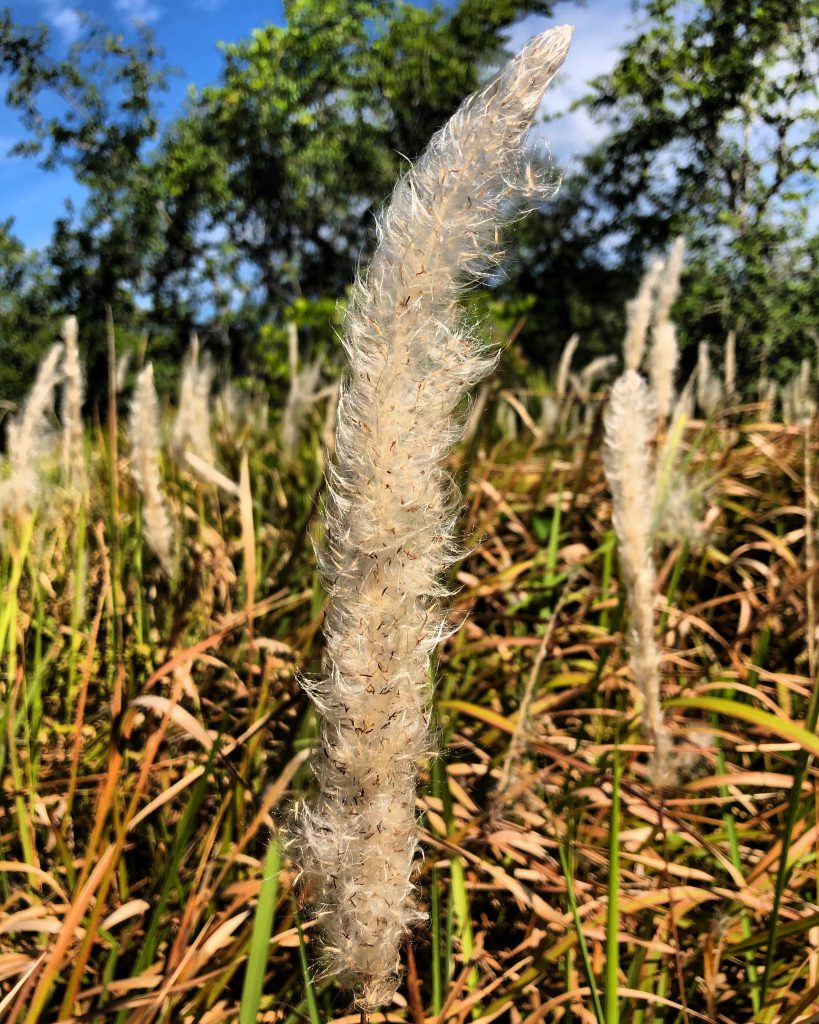
Many different types of death exist in nature. There are times when death simply exists because another creature needs sustenance. Death also commonly occurs due to old age and sickness. As humans, we like to say that Mother Nature has her way of weeding out the sickly and the old from the herd. Young buffalo who are too weak and sickly are also naturally ‘culled’ by nature in its ways. These types of deaths are easy to understand, even for the newest outdoors people. As you spend more time in nature, you witness some of the unique hurdles that places like the forest may encounter. Sometimes these hurdles have an impact on the wildlife in the forests. For example, when there is a forest fire, the animals in that forest have to go somewhere. We like to think that animals ALWAYS have a way to save themselves; unfortunately this not always the case. Many times, animals may not have ways to escape catastrophes such as forest fires and hurricanes. This too causes death in nature. These types of death are harder to handle emotionally, but are still part of nature and the tragedies can be resolved in your mind after time. Each ecosystem has similar natural acts that present similar circumstances with their own unique hurdles such as droughts, earthquakes, blizzards, etc.
An incident in my own neighborhood this week inspired this article. In this particular incident, we had a duck unfortunately fly into a parked vehicle and break its neck. Further still was the fact that the poor creature did not pass away immediately. I witnessed this ‘scene’ on my way out of our neighborhood one morning, and it helped me internalize exactly how I feel about life and death in nature. The most difficult type of death in nature that I have personally witnessed is death inadvertently caused by man. In the case of the duck, no one was at fault; this could have easily been a tree or rock, etc. But it did get me thinking that humans cause a lot of collateral damage to wildlife in ways that we cannot imagine.
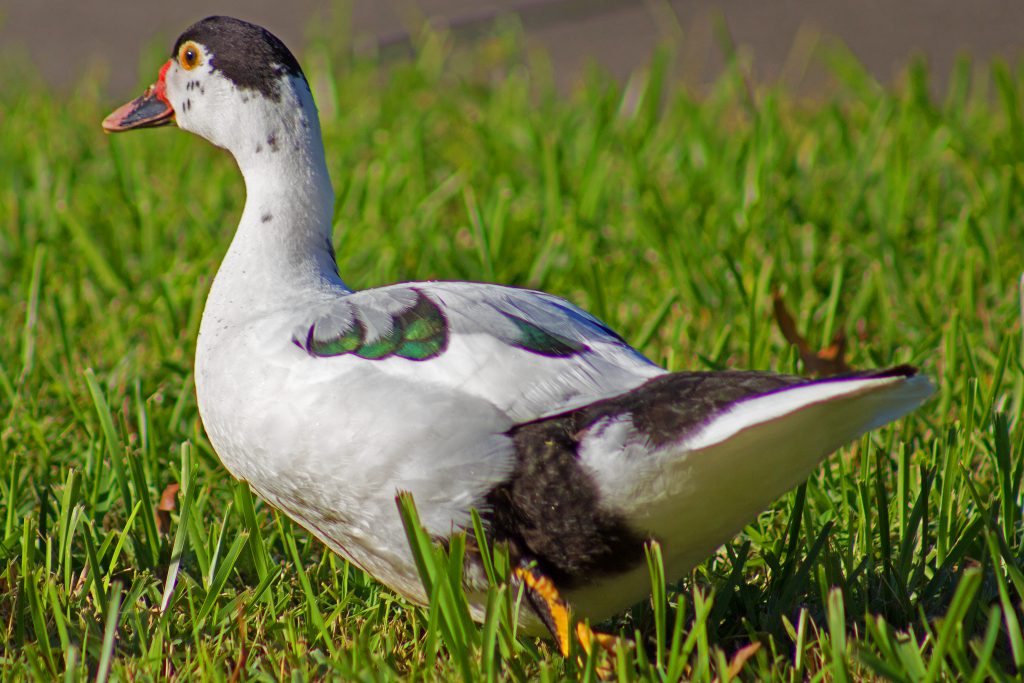
We should take more time as a species to look at our wild brethren and observe how we really are affecting them. Many times what we are doing is minimizing habitat, thereby reducing the overall space for animals to live. Their closer interaction with humans has drastic results as seen in examples of the coyote or the bear. This collateral damage is causing loss of overall population, and puts already threatened species at further risk for extinction. We should do more to help nature by demanding that companies use some of their profits for local ecology restoration projects when they encroach on wildlife habitats. Even the smallest effort or donation will help. We should also hold ourselves more accountable for each time we have the opportunity to visit nature. Investigate things like the Leave No Trace ethic, and practice the 7 principles. (Found here: https://en.wikipedia.org/wiki/Leave_No_Trace) Remember that anything that you do, no matter how big or small, is an improvement over the current state. Nature has a funny way of bouncing back even after big hurdles, but sometimes it needs a little help.
Senseless death, population loss or extinction is downright unacceptable and should be illegal in places where it is not already. To many of us around the world who spend time outdoors, nature is our playground. Others might find perfect harmony in a busy place such as Manhattan, but we find solace in the solitude of a mountaintop or the desert. It is true that we sometimes seek out life and death in nature, but the accidental loss of life is irreplaceable and something that you’re never prepared to encounter in nature.
